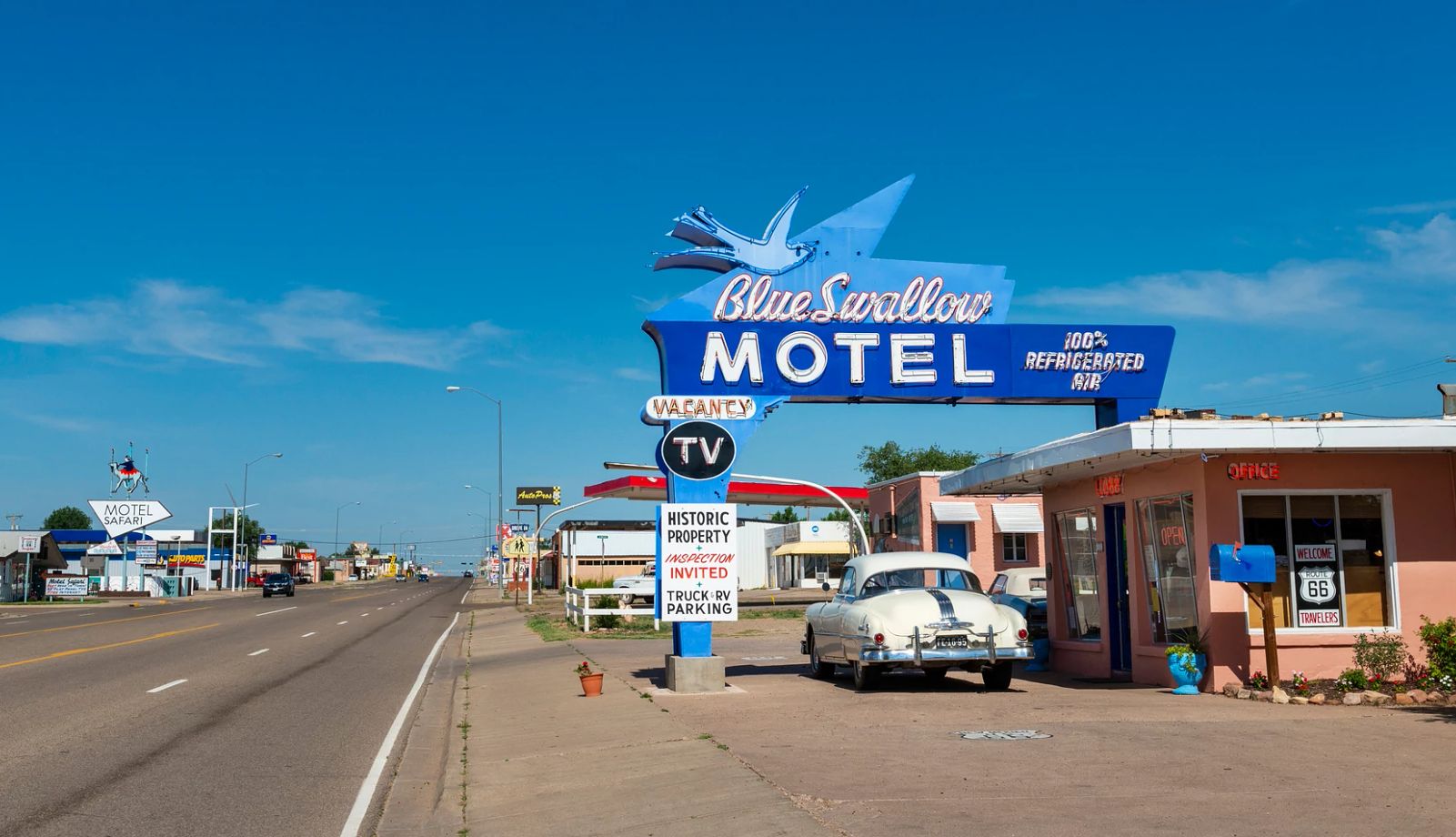AARP Eye Center
- right_container
- Health
- Money
- Work & Jobs
- Advocacy
- Social Security
- Medicare
- Caregiving
- Games
- Travel
- More...
Foxfire Resort and Golf Club

History:
On Tuesday January 23, 1968 James C. Harper, signed his name to the Notice of Opening of the Foxfire Development Corporation and in that document laid what was to become the Foxfire Resort and Golf Club.
So on Thursday February 1, 1968 the Foxfire Golf Course was opened to all members and their guests. Greens fees were $5 for guests, cart fees were $12.50 for 18 holes and $4.20 for 9 holes.
To quote from Mr. Harper’s Notice of Opening “While the course is playable, and enjoyably so, there will probably arise a few minor inconveniences, but on the whole, we are happy to open it on the above conditions until the entire facility is ready for formal opening. We are happy also to announce that Vic Sorrell, Jr. of Raleigh and formerly Assistant Professional at Croasdaile Country Club in Durham has accepted the same position at Foxfire and will be with us on February 1.” And with a strike of his pen, Foxfire rose to life.
The earliest inhabitants of the property were Indians of the Cherokee "nation." Their presence produced the many finely carved saw-tooth edged arrowheads in collections made by, inter alia, Hawley Poole (of whom more later) and the late Mark C. Liddell, a realtor of Southern Pines.
In the early 18th century, the Scots arrived in the area. They called the region a "pine barren," and the present Foxfire area "Piney Bottom." Actually, it's mostly part of a north-south ridge some 600 feet above sea level and 100 to 200 feet above Pinehurst. The Scots made their living from the pine forest, first from turpentine and then from construction timbers. Thanks to railroads, they were able to find markets for these and other farm produce. One of the smaller "branch" railroads ran from Aberdeen through today's Foxfire toward U.S. 220. The track actually crossed part of what is now Lake McKenzie and Drowning Creek at the same location as today's Richmond Road bridge.
At the end of the 19th century with the beginnings of Southern Pines and Pinehurst, another railroad spur was built to service the popular resort of those decades in Jackson Springs. Along with this phase came changes in agricultural pursuits - farms producing crops of cotton, tobacco, corn, rye and wheat plus vineyards and orchards. Orchards and vineyards gave Foxfire its 20th century identity beginning just after World War I.
Peach trees occupied over 300 acres on each side of Richmond Road from Hoffman Road west to today's Cardinal Drive. Another 20 acres of this tract were devoted to a vineyard of scuppernong grapes; vestiges can still be found left of the fairway on # 15 West. A small tract of tobacco was on the east side of Hoffman Road and cotton, corn and wheat patches elsewhere.
This orchard/vineyard was named Manice (may-ness) Orchard by its Yankee owner E. A. Manice of New York City. Mr. Manice, a South Carolina native who had made a small fortune on the stock market, bought five parcels totaling 2,150 acres in Moore County between February and May, 1919, plus another 150 acres in August, 1922. He sold off the turpentine already on hand plus a substantial stand of pine trees. With the proceeds he planted the peach trees and grape vines and installed the water supply system, processing barn and housing for the workers.
Finally, in 1942, she and James Kerr, the other trustee under her father's will, sold the entire 2,150 acre estate for $25,000 to Messrs George W Scott, Hal A. McKinnon and William A. Lewis, all of Biscoe, North Carolina. According to Marvin Hartsell, these gentlemen were lumber dealers. They immediately dismantled all the working buildings and sold the timber followed by mass felling of pine trees except for those replacing peach trees. With kindly help from Judith Adams, Moore County Register of Deeds, I obtained a copy of the 1942 deed which has been added to the Village Hall archives.
Little change took place for the next twenty-odd years until the mid-sixties. A group of affluent golfers from Chapel Hill, having observed from airplanes and on the ground the rolling landscape and the now full-grown pines, decided to buy enough real estate to harbor a golf resort plus parcels of three-quarters to one acre lots suitable for residential building.
One question that is invariably asked is "What is the origin of the name “Foxfire?” The answer is that it began as an English translation of the French phrase "faux feu." False fire was a phenomenon French explorers found in the swamp lands of the South - a night-time glowing light brought about by the damp air loaded with phosphorous rising at darkness out of the swampy land.
Since 1968, Foxfire has been through many trials and travails, but each time has risen stronger and stronger. In November of 2012, Brown Golf Management of Bluffton, SC purchased both Foxfire and the Country Club of Whispering Pines with the plan of returning both Foxfire and Whispering Pines to their previous glory. With the renaming of the courses Grey Fox (East) and the Red Fox (West) along with naming the grill area “Ol Harv’s Pub” (in memory of E. Harvie Ward), Brown Golf’s commitment to the Foxfire community is stable.
AARP Events for Douglassville
-
Featured Event
Benefit From a Strength Training Series
Wednesday, Jan 7, 2026 at 1:00 p.m. CT
Zoom
Online Event
-
Featured Event
Know the Warning Signs: Alzheimer’s Awareness
Tuesday, Jan 13, 2026 at 12:00 p.m. CT
Zoom
Online Event
-
Featured Event
Benefit From a Strength Training Series
Wednesday, Jan 14, 2026 at 1:00 p.m. CT
Zoom
Online Event

































































